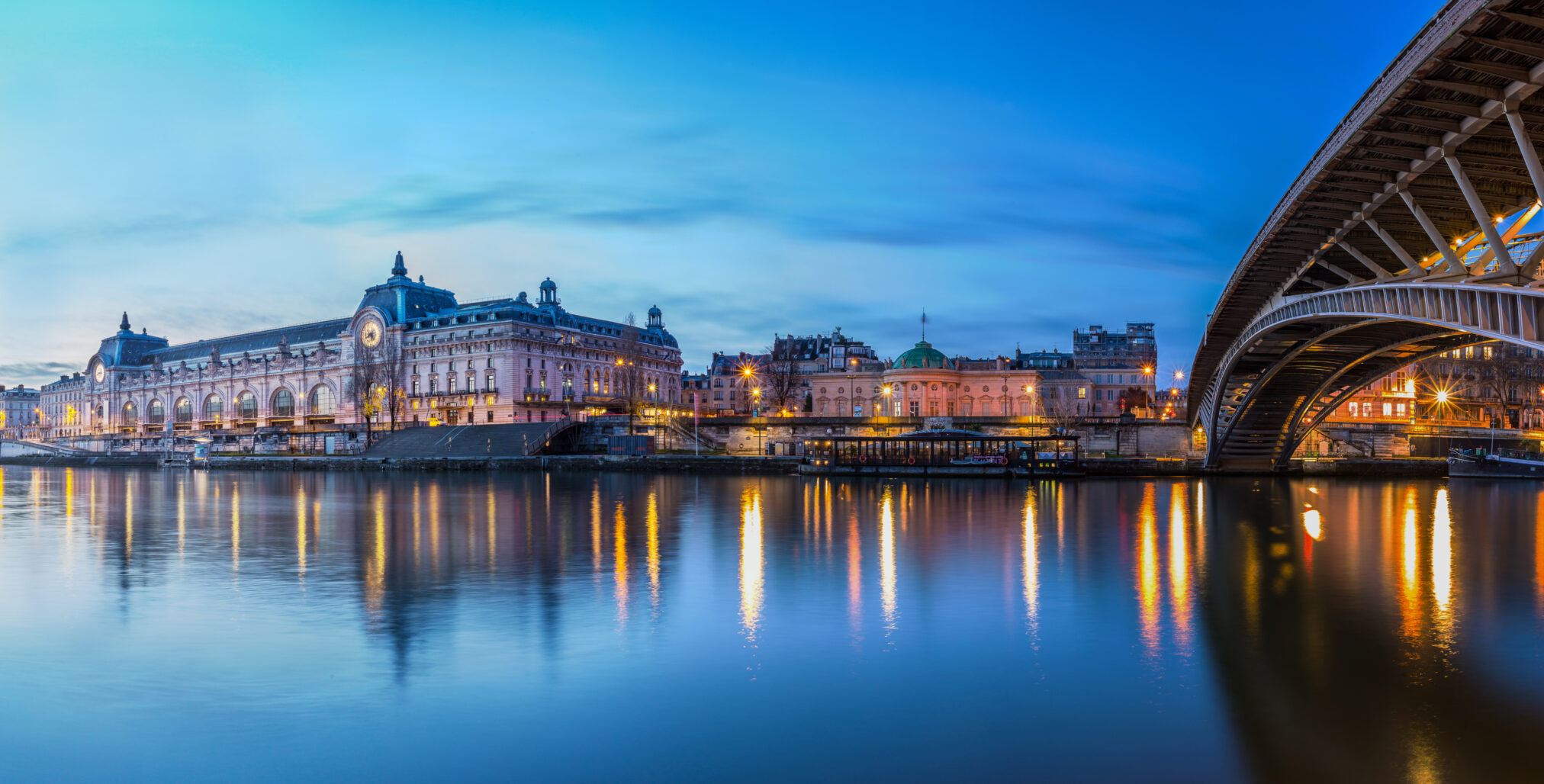
Six Days in Paris, City of Light & Love
Is the city of Paris on your “must-see” list? If so, you’re not alone.
With its impressive monuments, manicured gardens and parks, renowned food, jaw-dropping cathedrals, and inherent romanticism, many travelers find Paris irresistible.
Step among the cobbled streets, twinkling lights, and cozy cafés of this iconic city with us to share trip highlights and insightful tips from our Director of Technology Gifford Haynes. As his wife Ashley narrates their journey, you’ll discover why Paris remains one of the world’s most treasured locations to experience.
Day 1
We are so grateful to have had this once-in-a-lifetime opportunity.
After arriving, we welcomed rest in a beautiful room with rooftop views. ADTRAV Vacations did a wonderful job booking this jewel of a property for us. It gave us a local feel, but at the cost of a chain hotel. Our windows opened to allow us to see the Eiffel Tower. The city’s skyline is shaped by centuries of history.

I’m not fluent yet in French, but I speak it conversationally. I suggest visitors attempt to learn a few basic words and phrases. Yes, you can get by only speaking English—most expats and tourists speak English—but language is a fun and immersive way to experience a place! An effort to speak French, even if only for polite greetings, is appreciated. The following French words and phrases may be helpful:
- Bonjour- Hello
- Au revoir- Goodbye
- Oui- Yes
- Non- No
- S’il vous plait- Please
- Merci- Thank you
- Pardon- Excuse me
- Combien?- How Much?
- Ou est…?- Where is…?
- Parlez-vous anglais?- Do you speak English?
- Je ne comprends pas- I don’t understand
- Je ne parle pas francais- I don’t speak French
Day 2
As Paris is located in the heart of France, it offers easy access to other cities and countries. It’s home to two international airports and several big train stations. Today we took a train to the Palace of Versailles, the most famous castle in France, to delve into French history at the former home of Louis XVI and Marie Antoinette. The sheer scale and opulence of it all is astounding. There are buildings, gardens, and terraces plus lavish accommodations, decorations, furniture, and gilded works of art. We each logged well over 20k steps this first full day. Bring comfortable shoes, as you’ll be on your feet for hours. Even with that much activity, we did not see it all. We did see the famous Hall of Mirrors, plus the Petit Trianon and the Queen’s Hamlet.
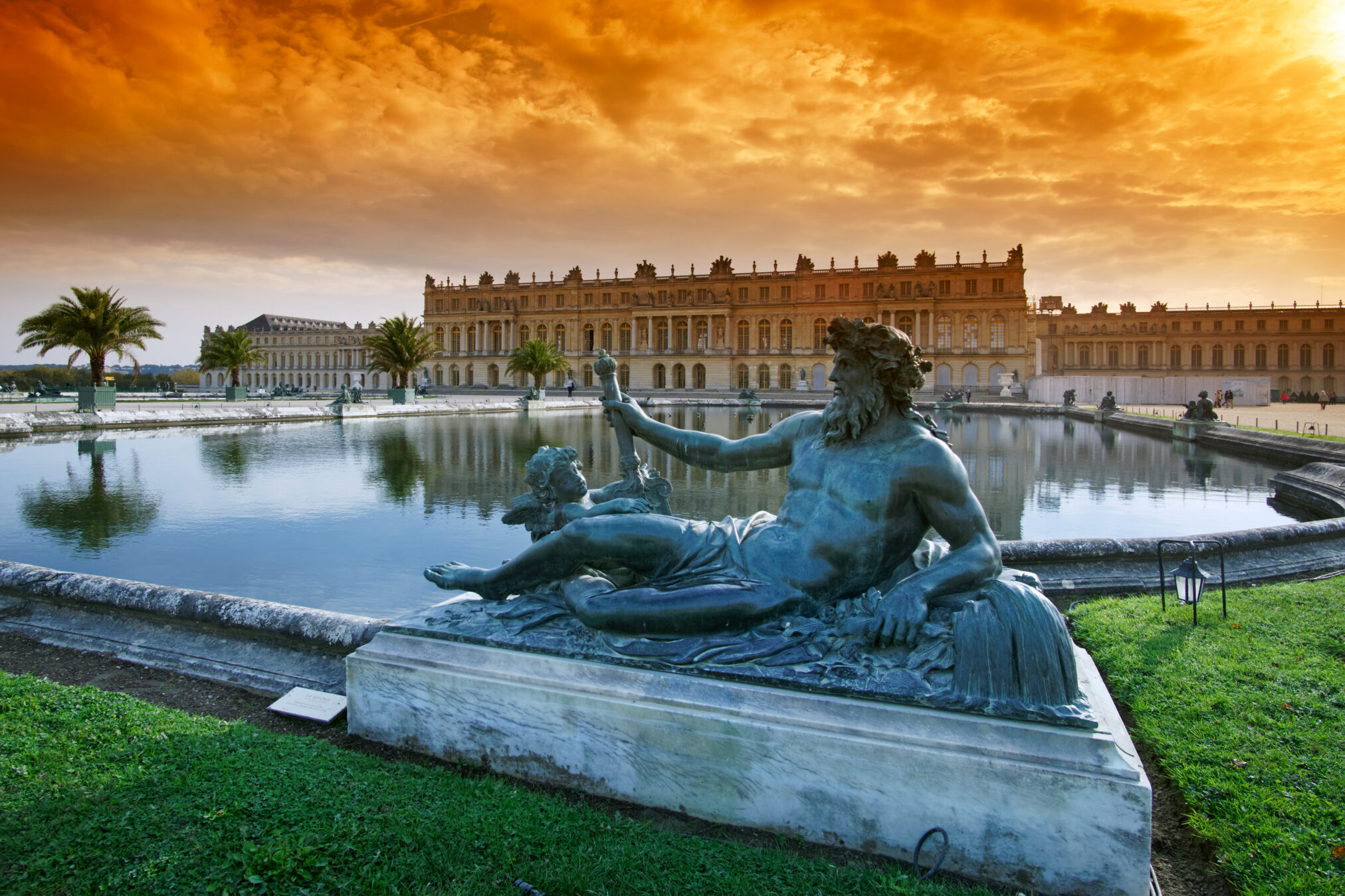
Day 3
Did you know Paris has 130 museums? We took a guided, two-hour tour of Le Louvre, the most visited art museum in the world, today. Our guide was fantastic! She helped us navigate the museum to be sure we didn’t miss any of the most significant works. We recommend a guide, because covering the entire 650,000 square feet of gallery space in a day is impossible. Le Louvre first opened its doors in 1793. Seeing the original stone walls preserved in the basement was impressive. I wasn’t as impressed with the Mona Lisa, but only because there were throngs of people standing in line to take selfies there. There are many other exquisite pieces here to admire in eight departments representing global antiquities, sculptures, and paintings. After our guided tour, we explored the Egyptian and Greek galleries.
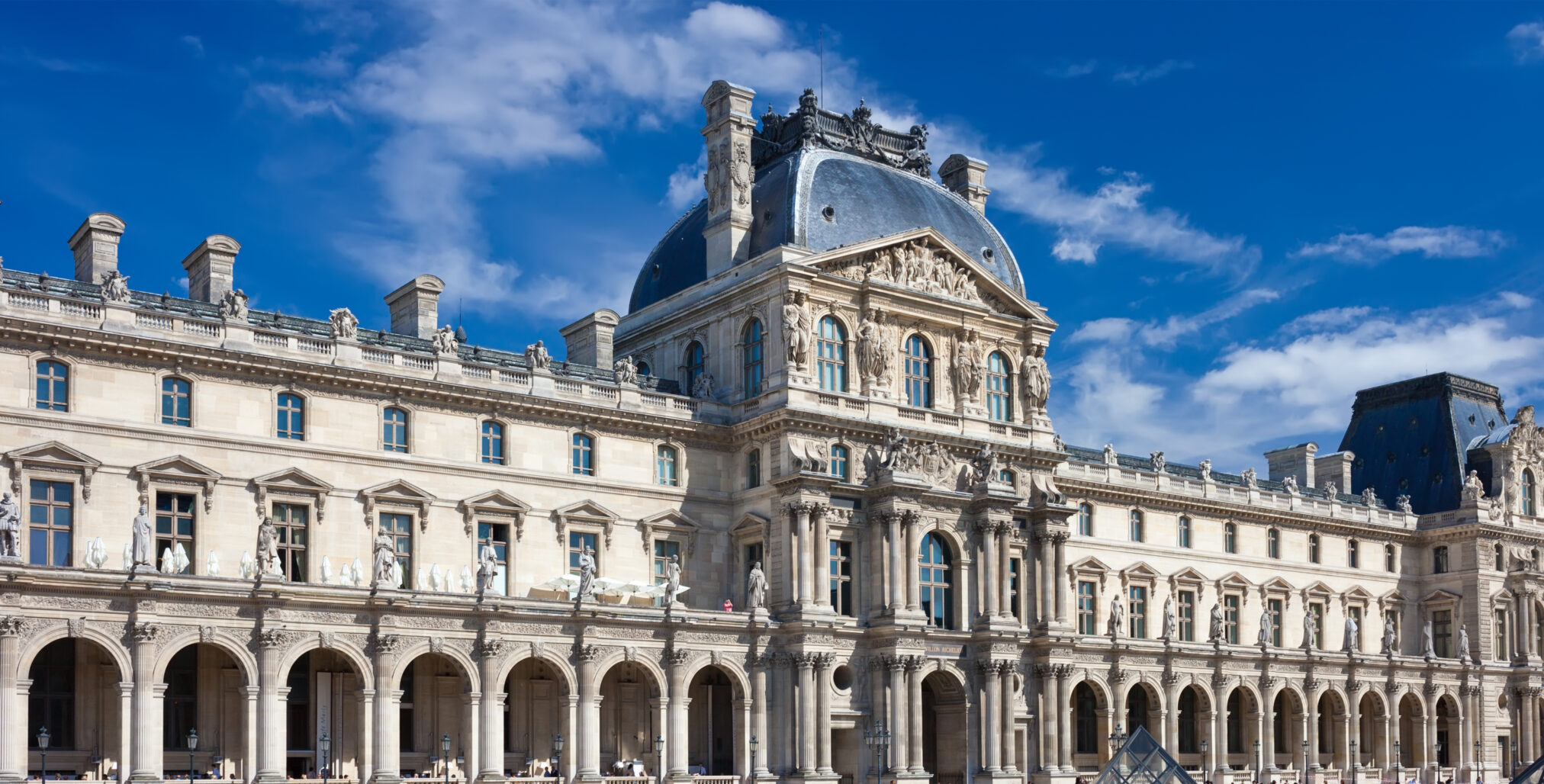
Note that most museums in Paris close one day a week, usually Mondays or Tuesdays. The Louvre is closed on Tuesdays, so plan ahead.

A late lunch was enjoyed at a charming bistro we stumbled upon off the beaten path. For a sweet treat, we had snacks at Angelina’s, a legendary 1903 tea room offering refined pastries and phenomenal hot chocolate that’s rich and creamy smooth. While there’s no such thing as a truly “bad” meal in Paris, there are plenty of tourist traps that serve lesser-quality meals at inflated prices. To avoid the subpar eateries:
- In general, avoid most restaurants around popular attractions such as the Eiffel Tower. (Angelina’s is within walking distance of Le Louvre, but we made an exception.)
- Pass on places that have a dedicated staff member standing outside waving you in to eat at their establishment.
- Look for restaurants with relatively short menus. A limited menu often means ingredients are fresh and the dishes are made to order onsite. Scan the crowd. Does it look like the patrons are more tourists or locals?
- Finally, apps like LocalSpot only suggest restaurants that are well-reviewed by people who live in the neighborhood, making them a great way to choose good local food.
Curious about tipping? Gratuities in restaurants are not expected the way it is in North America. The norm is to round the bill up and leave some change on the table if service is good.
Day 4
Despite some rain, on day four we delighted in seeing the iconic Eiffel Tower up-close. We were able to go to all of the levels, including the summit. The view of Paris from different heights is something to behold. We also shopped for souvenirs today and savored more great food.
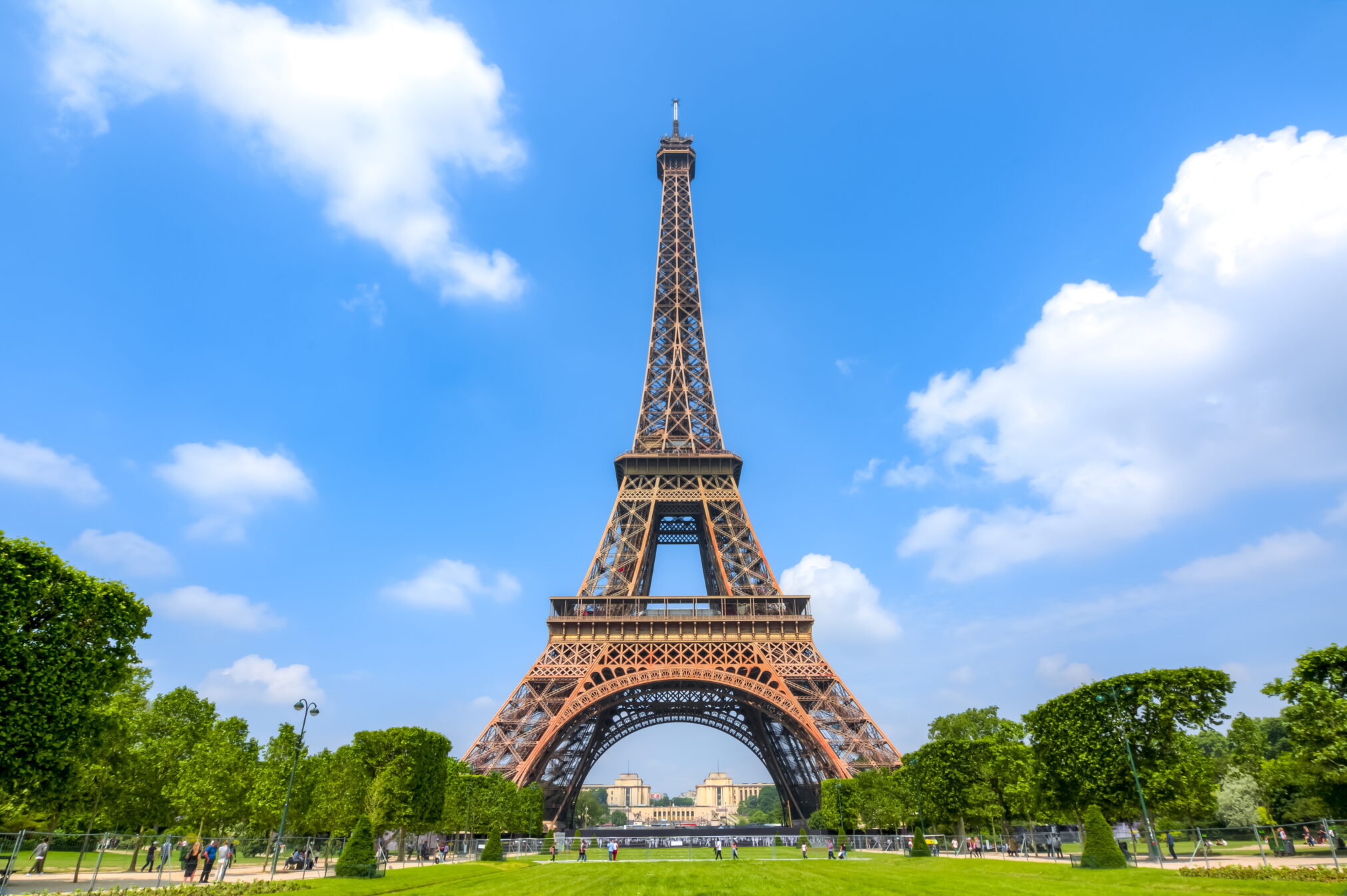

For others who wish to see the Eiffel Tower, we offer the following advice:
- Book your tickets in advance, especially during the summer. There’s no need to waste time in the entry line.
- As with all attractions in all cities, keep your valuables such as cash, cards, and phone close to you to avoid pickpockets.
- See all three levels for different perspectives. These are at roughly 200, 400, and 900 feet, all connected by elevators and stairs. The middle level affords you enough height to see all of Paris, but still low enough to pick out the key landmarks. Peer inside the secret apartment built by Gustave Eiffel on the top level. The first floor has shops, exhibits, and a cool glass floor.
- Save elevator time and take the stairs back down if you’re able.
- After leaving the tower, walk across the Seine River to Place du Trocadéro and look back to take in the structure from there.
Day 5
Branching out on day five, we took a day trip to Mont St Michel. This Benedictine abbey, recognized by UNESCO as a World Heritage site, is perched on a rocky islet in a bay shared by Normandy and Brittany. We were fortunate to be able to listen in to a Mass service in a place so visually striking and historical.
The structure draws the eye, even from a distance. The story of how the mount came to be a great Christian pilgrimage site dates back to the early 8th century, when Aubert, bishop of the nearby hilltop town of Avranches, claimed that the Archangel Michael himself had pressured him into having a church built atop the island just out to sea.
Another reason people come to Mont Saint-Michel is for the souffléd omelets at La Mère Poulard, a restaurant (and small hotel) that opened in 1888. in France, an omelet isn’t something normally eaten at breakfast, but is a complete lunch or dinner with ingredients on hand. Copper bowls, eggs, whisks, special thick steel pans, butter, and a fireplace are among the essential components used by talented chefs to make the fluffiest and tastiest omelets you’ll ever eat.
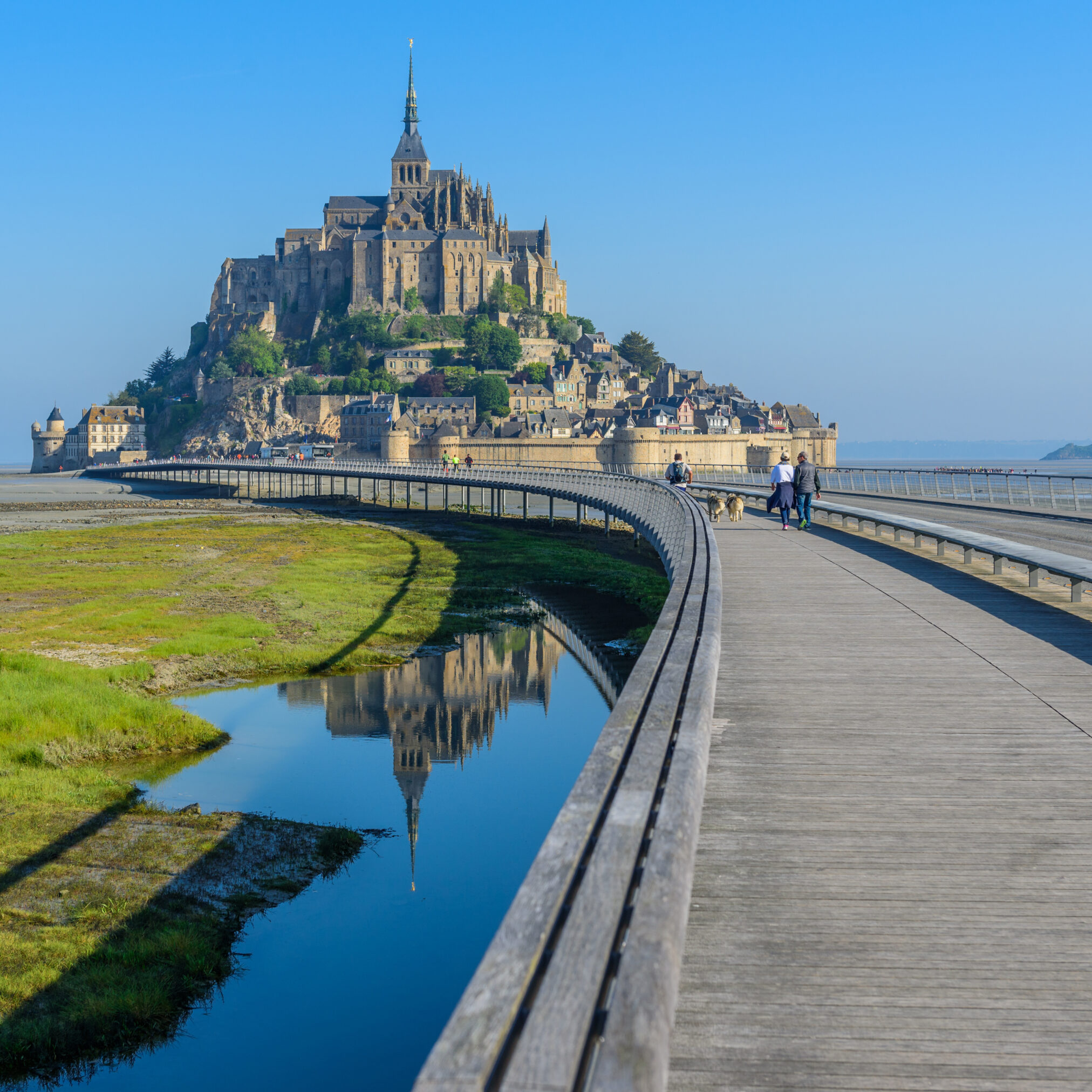
This evening, we got our second wind from climbing several steps at the Abbey at Mont St Michel to climb the steps of the Arc de Triomphe, situated at the western end of the Champs-Élysées. We may have taken a break or two along the way, but we made all 284 stairs. The panoramic terrace view near sunset was nearly as “breathtaking” as the climb, but more fun. Ha Ha Built in the 19th century, the Arc de Triomphe is the largest monument of its kind in the world. Photos really don’t do it justice. Sculptures adorn its pillars, while there are names of 558 generals engraved on the top, and beneath is the Tomb of the Unknown Soldier of France.The soldier represents all the unidentified or unaccounted for servicemen who lost their lives during World War I. The flame that was lit when the soldier was laid to rest has not extinguished since it was initially lit in the 1920s, and is rekindled every night.
Nearby are many famous eateries and luxury boutiques for anyone wanting to shop (or window shop!) at Louis Vuitton, Cartier, Chanel, and the like. For those who are more budget conscious, Forum des Halles is a fantastic option to shop, plus there are many street markets as well for souvenirs.
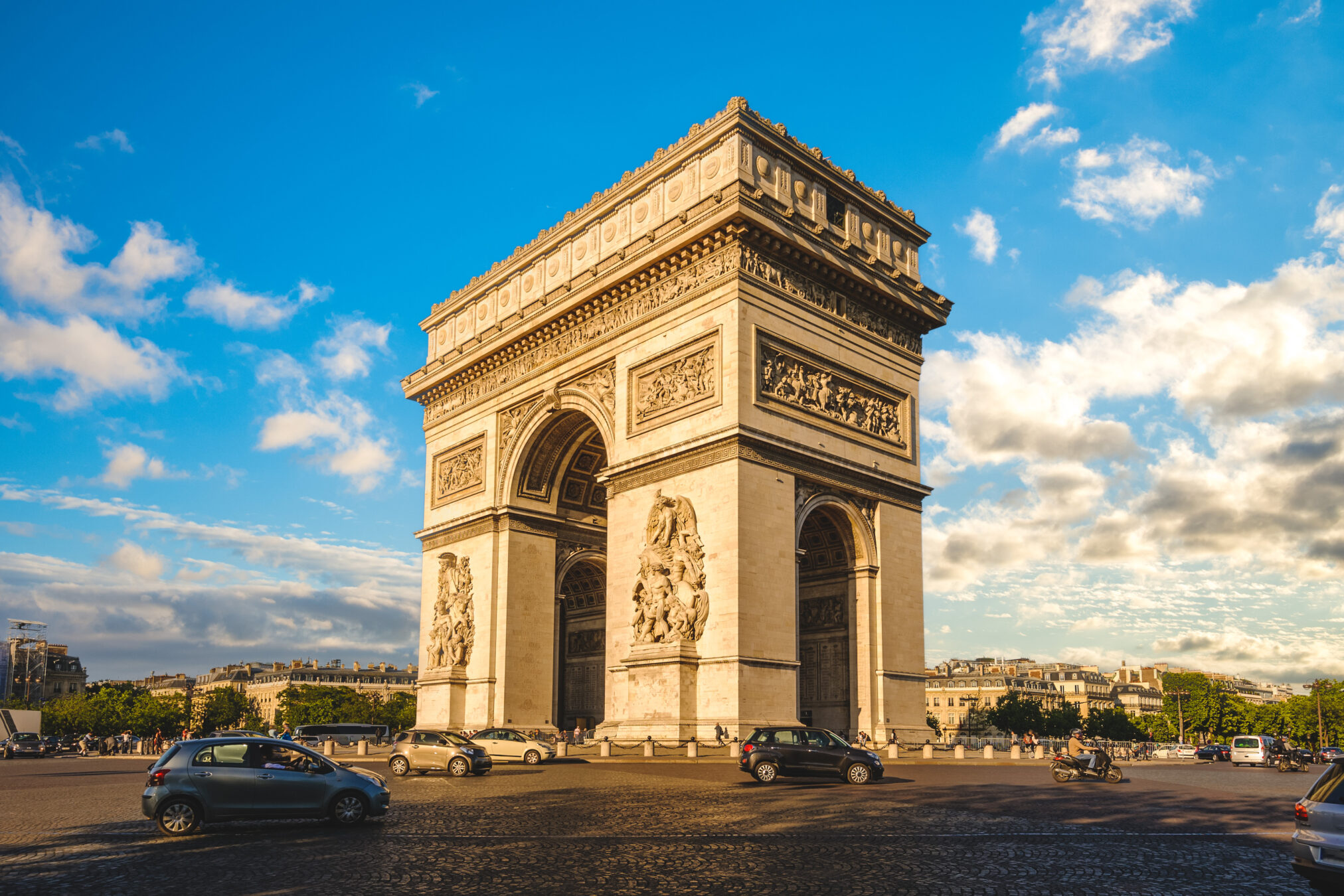
Day 6
For our last day in Paris, we went to the Musée d’Orsay, an art museum that was built in a converted railway station. Tip: Visit on the first Sunday of the month for free entry. The architecture is stunning, with giant glass ceilings that illuminate pieces by Cezanne, Monet, Degas, Renoir, Van Gogh, and more. There’s also a photography gallery containing 45,000 images. As the crowds weren’t heavy when we visited, we enjoyed being able to linger at pieces of interest. If you climb to the museum’s top balcony, you can see the Sacré-Coeur Basilica through the museum’s massive transparent clock.

Tonight, we took a dinner cruise on the Seine River. This body of water flows from east to west, dividing Paris into a left side and a right side. Knowing where you are in relation to the Seine can help you find your way around during your trip. With our cruise, we enjoyed the beauty of the Eiffel Tower, Notre Dame, Pont Alexandre III and more. Watching the “City of Light” come to life was magical as the monuments are lit slowly with the setting of the sun. To conserve energy, the Parisians do not turn the lights on to the Eiffel Tower until after sunset, and the “sparkle” effect is only momentary, occurring at the first five minutes at the top of the hour. During the time of our trip in the summer, sunsets happened around 10 PM. It was a magical way to cap off our adventure in Paris.
